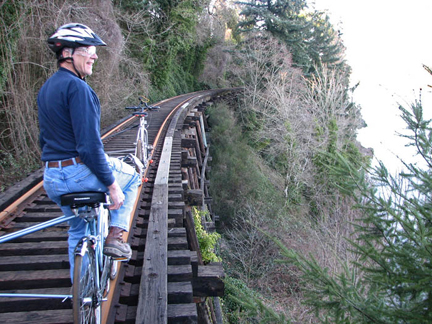
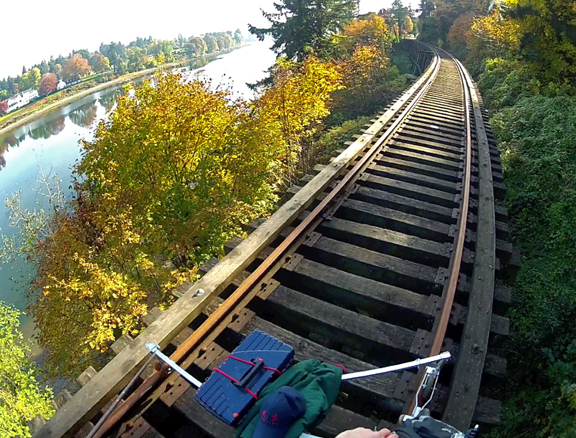
Portland & Willamette Valley Railway
Subsequently bought by Southern Pacific
to become part of their "Red Electric" lines in Oregon
and recently the Willamette Shore Trolley.
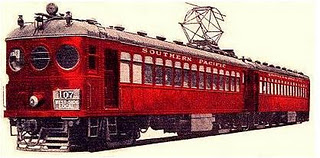
The line was opened from Portland to Oswego (now Lake Oswego) on July 4th, 1887 as a narrow gauge steam railroad, the Portland & Willamette Valley Ry. It was laterpurchased by the Southern Pacific which converted the line to standard gauge and electric traction in 1914.
Passenger service reached it peak in 1920 and SP was running 64 "Red Electrics" between Portland and Oswego daily. Passenger service ended on October 5, 1929, and many of the red electric interurban MU cars went to its sister operation, the Pacific Electric in the Los Angeles area.
Southern Pacific continued to operate steam and diesel freight service until 1983, and in 1884 the Interstate Commerce Commission gave them permission to abandon the line.
A consortium of government agencies purchased the line to guarantee the right-of-way for future mass transit. For many years the Oregon Electric Museum has operated a trolley during the summer months, but it too, has now ceased. The line is now being controversially considered for an extension of Portland's street car line to Lake Oswego. The costs, however, see to be prohibitive in relation to the benefit.
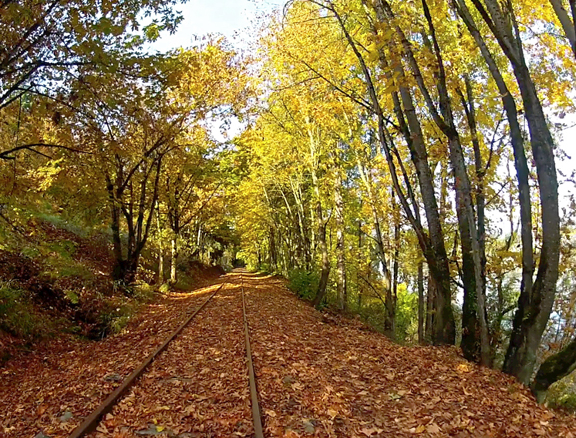
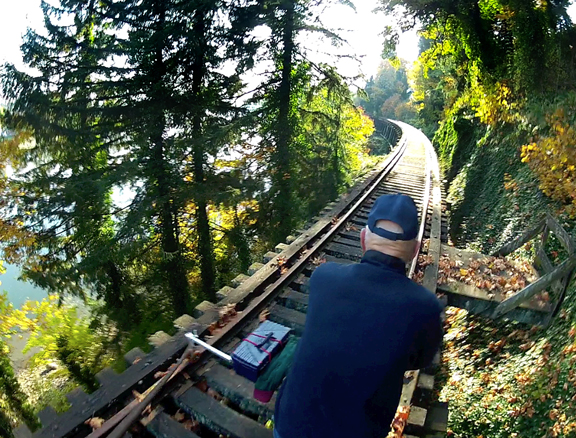
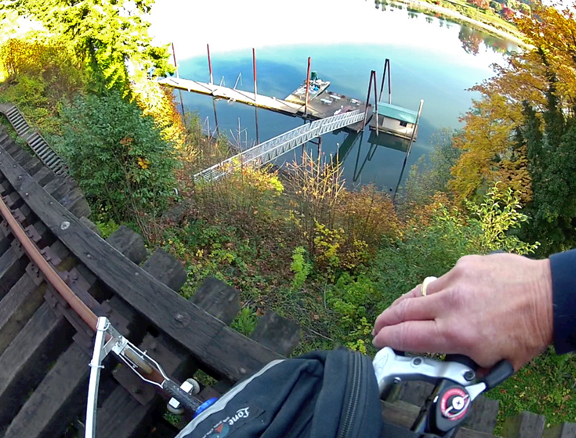
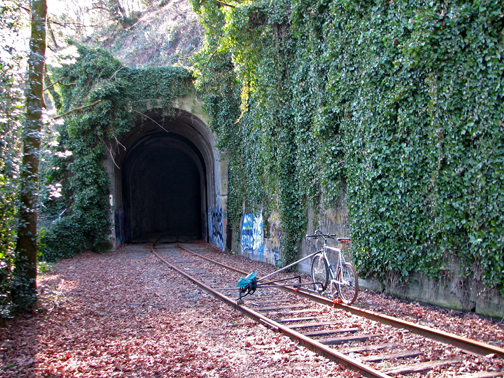
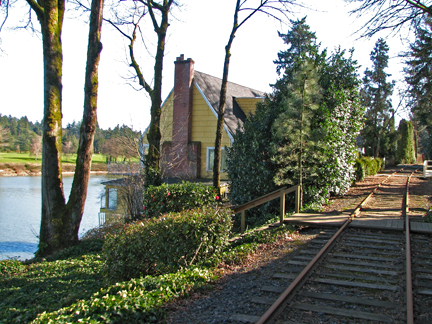
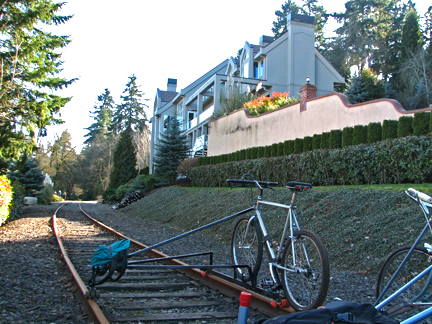
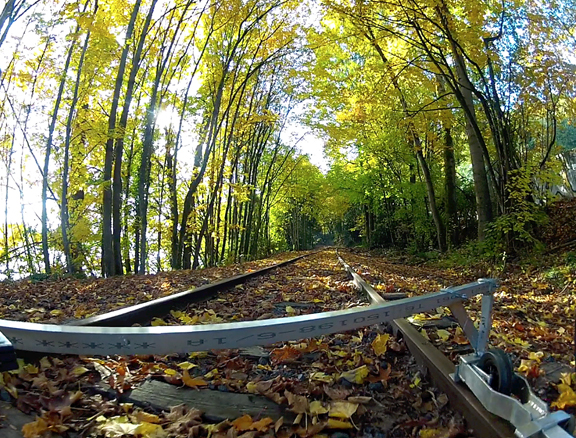
Video Special - Click photo and turn up you speakers!
There is a great spot to
put-on under the
Sellwood Bridge
in Portland for the
ride to Lake Osego.
The line follows the shores of the
Willamette River for the
10 mile round trip.
Peter heads towards Lake Oswego across
the 686 foot long Riverwood Trestle, which clings to the ivy covered bank high above the river.
Looking down from the Riverwood Trestle at a private boat dock below. At left, Jim scans the river on our first ride here during the winter in 2007.
The 1396 foot
Elk Rock Tunnel replaced a trestle of the same name that skirted the steep cliffs but proved to be at danger from falling rocks. Tunnel has a long curve so carrying lights is necessary.
Many high-end homes are
traversed by the line, from
English cottages and modern contemporary to Italian villas.
Home
